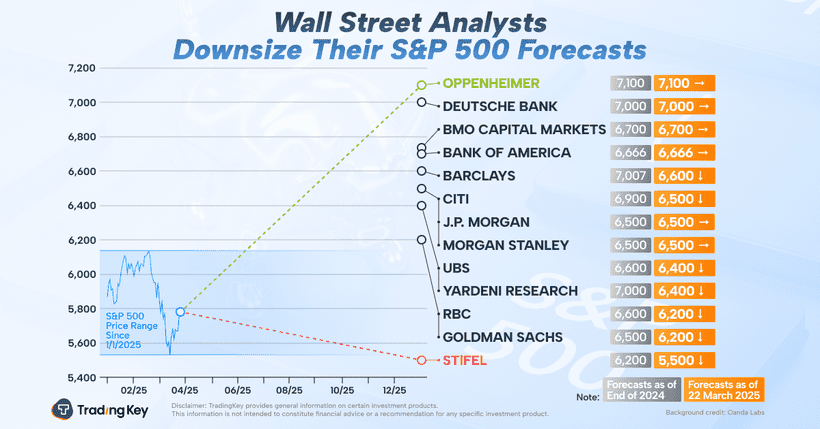Rates down double digits at Japanese renewals as reinsurer appetite increases

- Japanese property cat rates down double digits at 1.4
- Little to no impact from January wildfires on 1.4 renewals
- South Korea sees increasing proportional capacity; loss participation clause relaxations
March 28 - (The Insurer) - Ample capacity and plentiful reinsurer appetite has created a positive environment for reinsurance buyers at the April 1 renewals, with reductions offered in both Japan and South Korea, senior reinsurance broking sources told The Insurer.
Two senior reinsurance broking sources said that capacity was stable across the board, with increased reinsurer appetite for property catastrophe risk relative to last year's April renewals.
In Japan, where 95% of business renews at April 1, property cat programs have largely been quoted with low double-digit rate reductions, Aon Reinsurance Solutions’ Asia Pacific CEO George Attard told The Insurer.
There was little to no impact from January’s Los Angeles wildfires in terms of capacity being deployed in Japan or elsewhere across Asia Pacific given the benign loss environment in the region over the past 12 months, two senior reinsurance sources said.
Attard said the strong financial positions of many of the larger Japanese companies had allowed them to increase deductibles and attachment points.
“They're looking to manage costs. And so what we've seen is the bottom end of programs, in some cases, retentions have been increased. That's been offset to some extent with some additional buying at the top end. But the net impact is that more reinsurance premium has been taken out of the market,” Attard said.
One senior reinsurance broking source said that there was little appetite for lowering retentions at this stage.
While Attard agreed that attachment points were unlikely to drop in the near future, he said that reinsurers need to deploy capital and solutions to help insurers mitigate volatility. He pointed to options such as frequency protections, structured solutions, buy-downs and facultative covers.
Capacity has also been returning to the pro rata market for this year’s renewal, with one reinsurance executive suggesting the repricing of Japanese insurers’ commercial property portfolios had made the line of business more attractive for reinsurers and resulted in increased pro rata commissions.
A similar theme was seen in South Korea, which also largely renews at April 1.
Attard said that good recent results had led to a relaxation of loss participation clauses for proportional business, while there was a “healthy reduction” in risk-adjusted rates for excess-of-loss business.
1.7 AUSTRALIA, NEW ZEALAND RENEWALS
Attard added that renewal outcomes at April 1 will be a precursor for the Australia and New Zealand renewals at July 1.
He said the themes of capital being deployed into non-proportional, alongside increased proportional capacity, reflected reinsurers looking to grow into the market. Attard added that this would be a significant growth opportunity, which should lead to positive outcomes for buyers in the region.
For Australia and New Zealand, this comes against the backdrop of losses in recent months, including Cyclone Alfred.
Attard said that insurers are currently looking at an estimated loss of more than A$2 billion ($1.26 billion) for the event, which made landfall in Queensland on March 7. He said this represents the first real test for Australia’s cyclone pool, which is expected to take a large chunk of the loss.
On March 25, Australia’s state-backed cyclone pool said it expects to incur claims totalling A$1.7 billion from Alfred.




